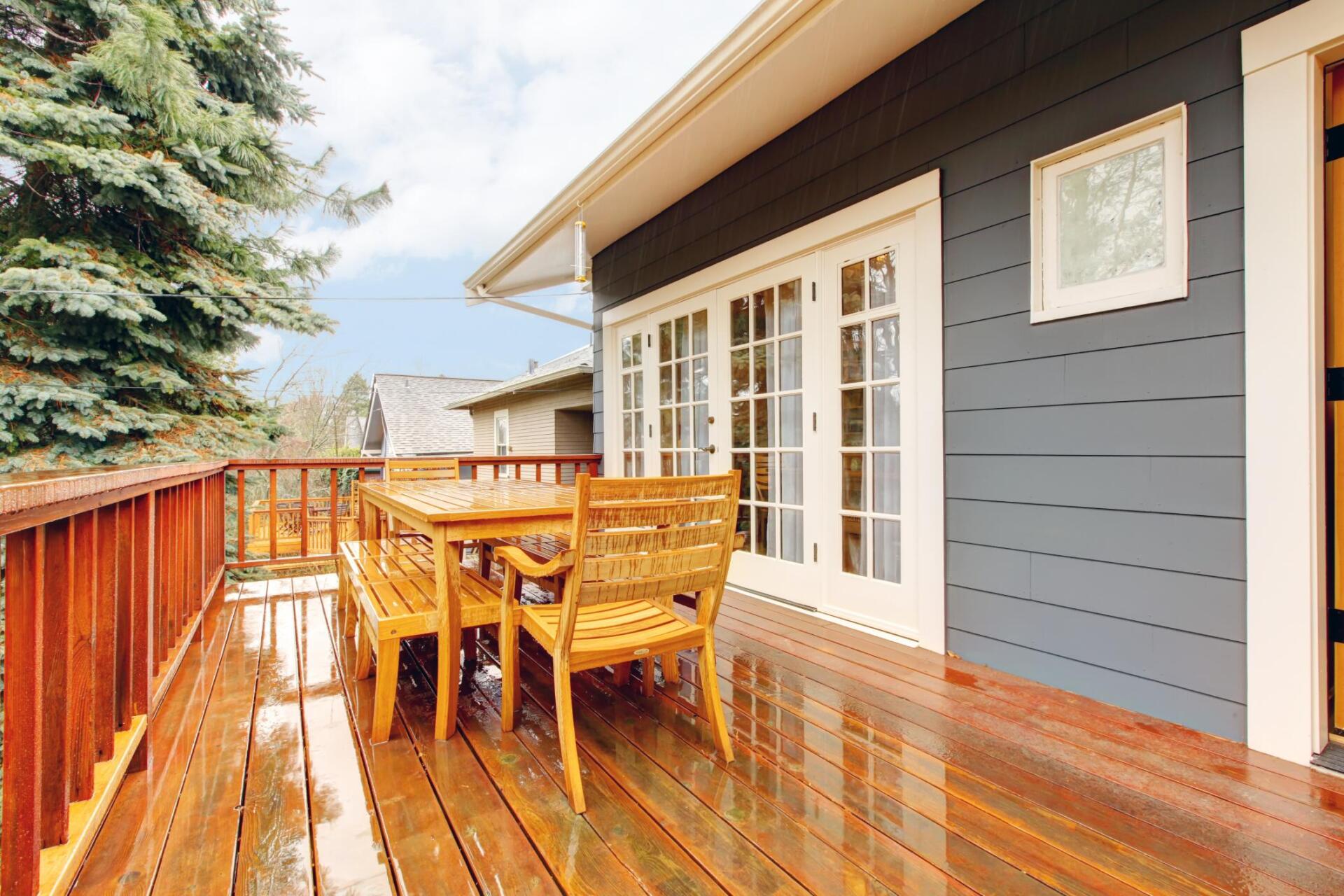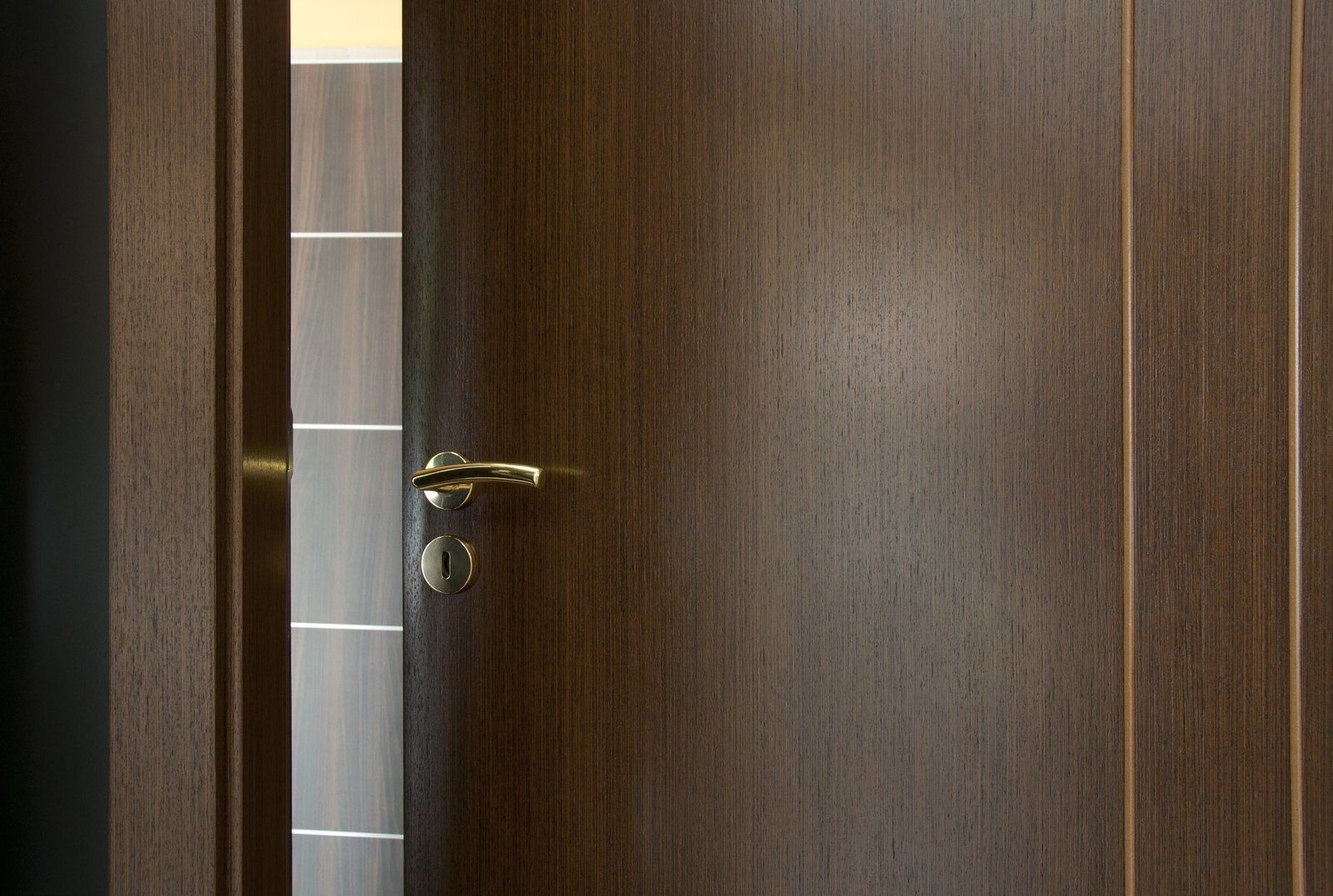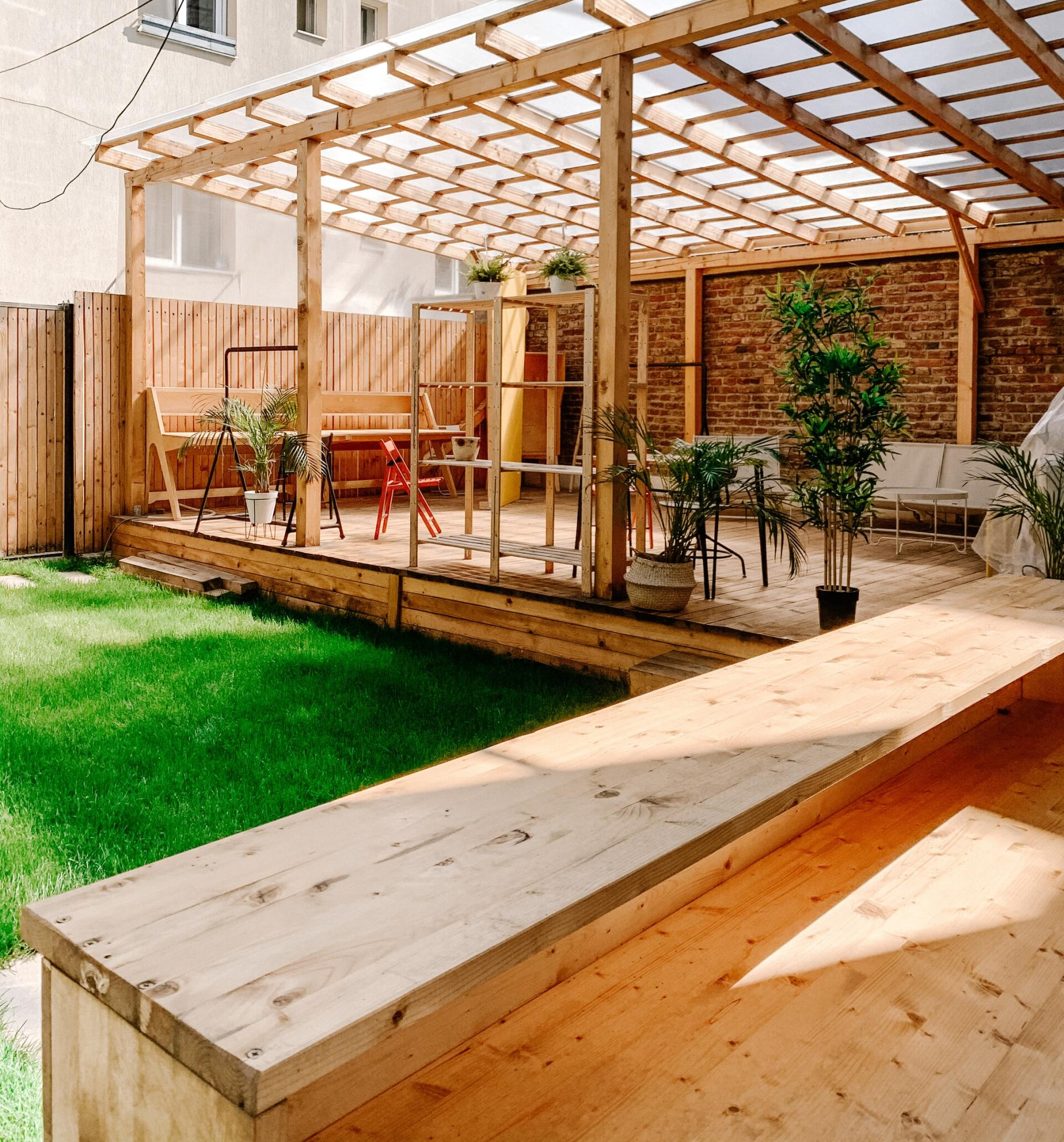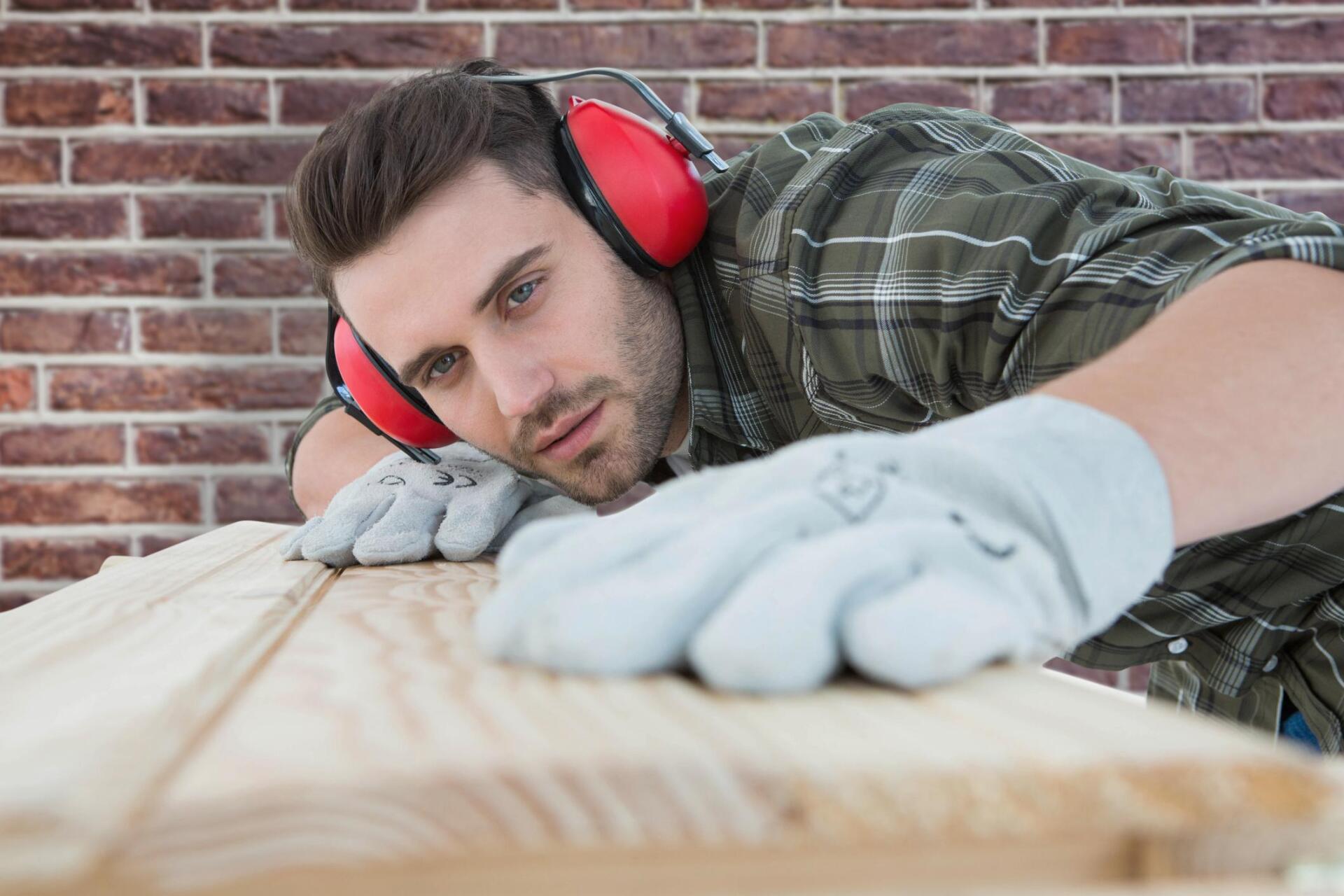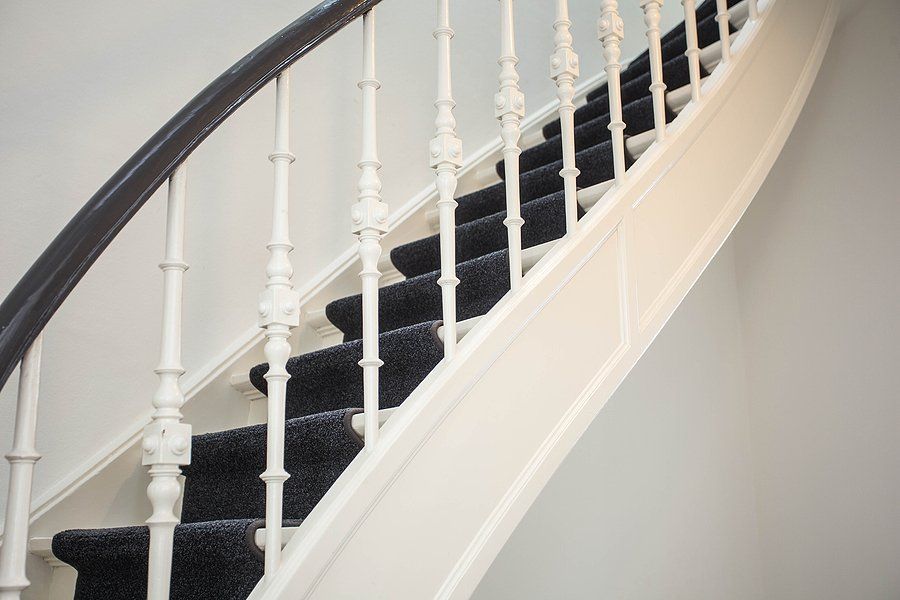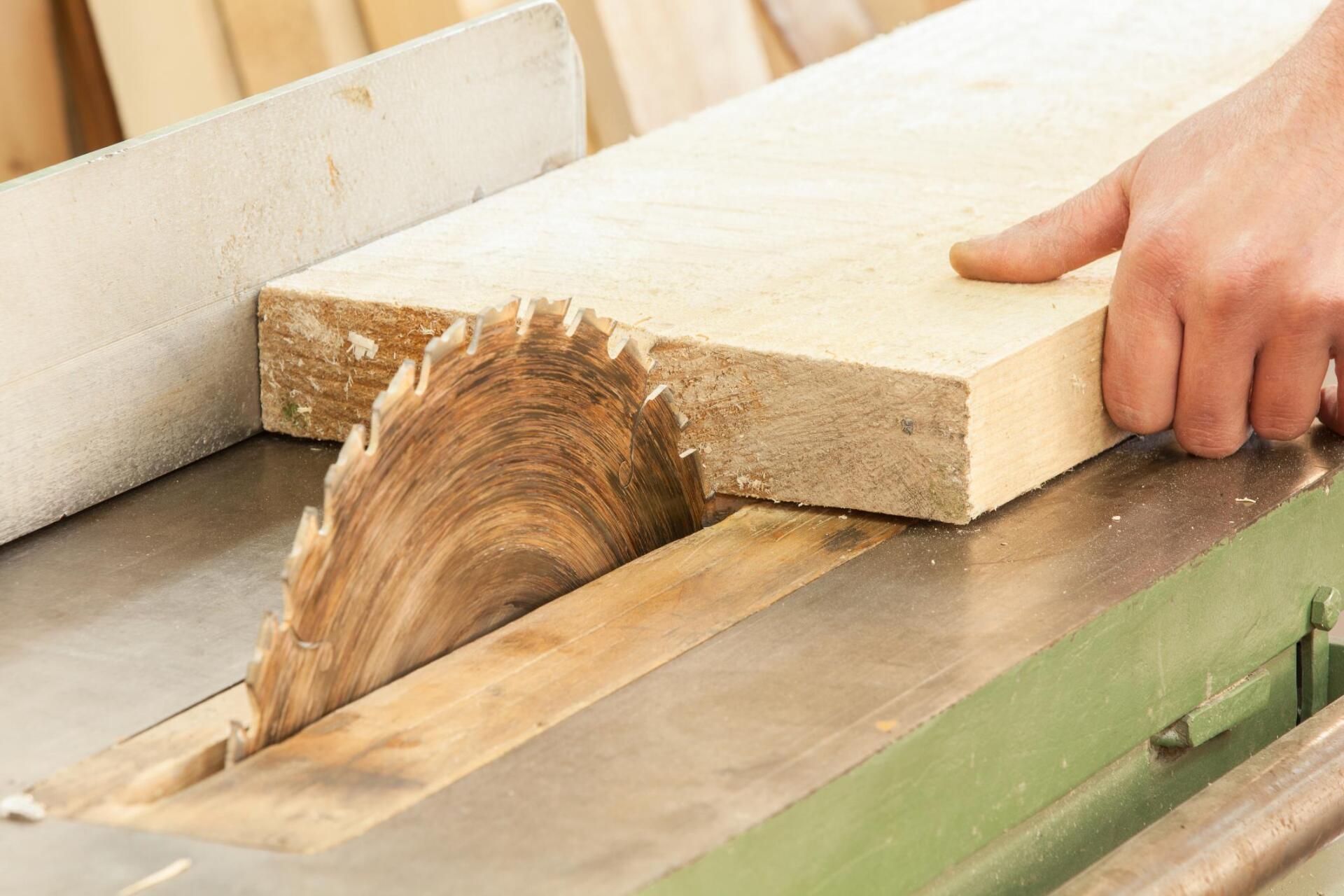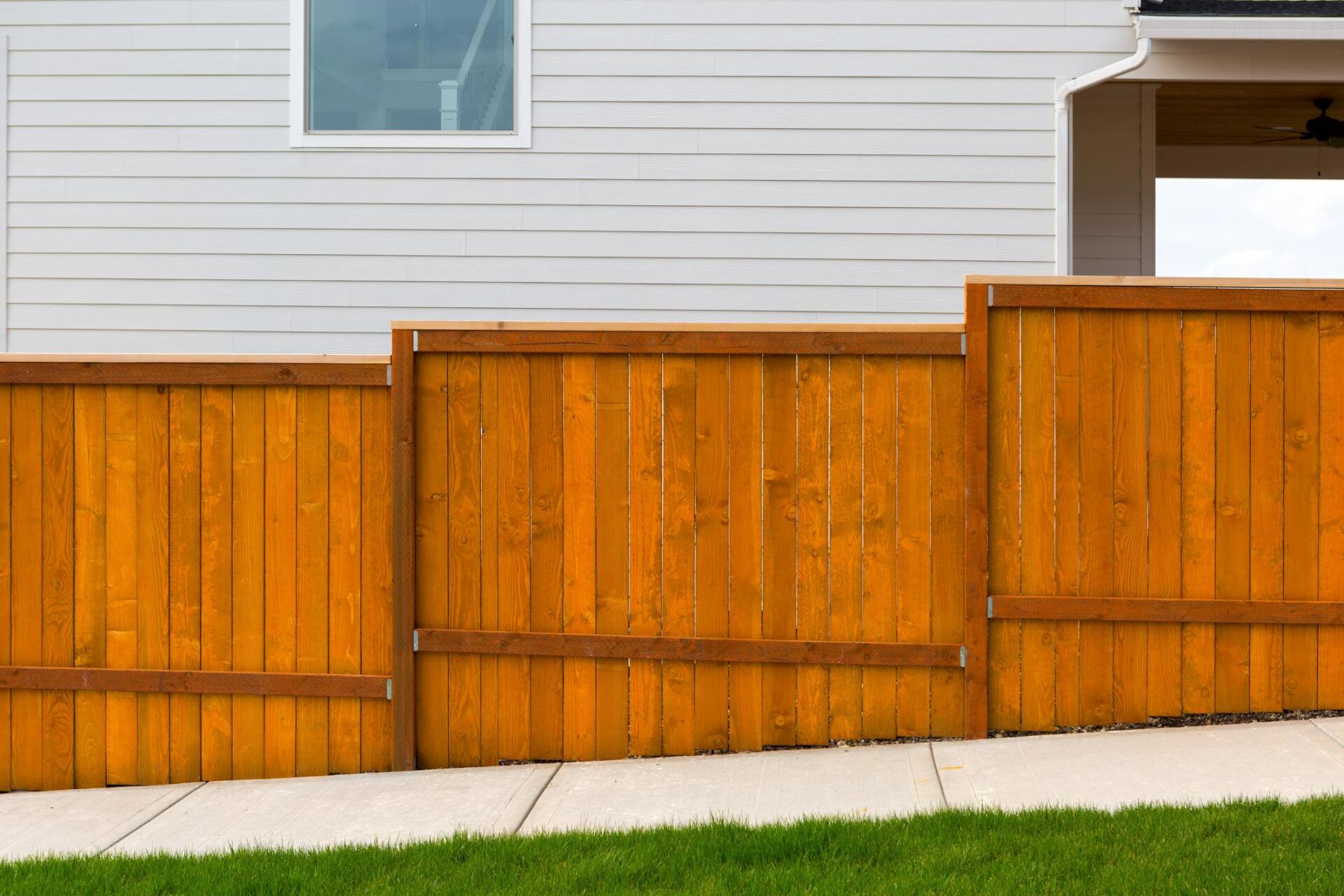Tips for Installing Flooring on Uneven Surfaces
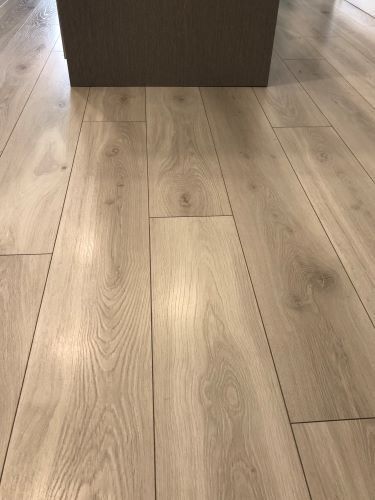
When it comes to installing flooring, having a flat and even surface is ideal for achieving a flawless finish. However, many older homes and some new constructions in Calgary can have uneven floors that make the installation process more challenging. Whether you're dealing with slight slopes, dips, or an uneven subfloor, there are ways to successfully install flooring without compromising on durability or aesthetics. In this guide, we'll share expert tips from Carpentry Calgary on how to install flooring on uneven surfaces, ensuring a professional result every time.
1. Assess the Level of Unevenness
Before you start any flooring installation project, it's essential to evaluate the condition of your subfloor. Use a long level or straight edge to determine the extent of the unevenness. If the surface has slight dips or rises (less than ¼ inch), it may not require extensive preparation. However, larger discrepancies will need to be addressed to ensure your flooring remains stable over time.
How to Assess Your Floor:
- Walk around the room and look for visible gaps, creaks, or slopes.
- Use a level to check for dips or high spots.
- Mark uneven areas with chalk to keep track of problem spots.
2. Choose the Right Type of Flooring
Certain flooring materials are more forgiving than others when it comes to uneven surfaces. For example, rigid materials like hardwood and ceramic tiles require a flat surface to avoid cracking or buckling. On the other hand, options like luxury vinyl plank (LVP), laminate, and carpet can better accommodate slight imperfections in the subfloor.
Best Flooring Options for Uneven Surfaces:
- Luxury Vinyl Plank (LVP): Flexible and durable, LVP can conform to slight subfloor irregularities.
- Laminate Flooring: With a foam underlayment, laminate can handle minor bumps and dips.
- Carpet: If you prefer a softer flooring option, carpet can hide imperfections and provide insulation.
3. Use Self-Leveling Compound for Minor Imperfections
If your floor has small dips or low spots, using a self-leveling compound is one of the easiest solutions. This product is designed to fill in low areas, creating a smooth and even surface for flooring installation. It’s ideal for concrete and plywood subfloors.
How to Apply Self-Leveling Compound:
- Clean the subfloor thoroughly to remove dust and debris.
- Mix the compound according to the manufacturer’s instructions.
- Pour the mixture into low spots and use a trowel to spread it evenly.
- Allow it to dry completely (usually 24-48 hours) before proceeding with flooring installation.
4. Install a Plywood Subfloor Over Uneven Areas
For more significant unevenness, especially in older homes, installing a new plywood subfloor can help create a stable base. This approach is ideal if you're working with a subfloor that has visible damage or large gaps. A plywood subfloor can bridge over low spots and provide a solid foundation for your new flooring.
Steps to Install a Plywood Subfloor:
- Measure the area and cut plywood sheets to fit.
- Lay the plywood over the existing subfloor, ensuring the seams are staggered.
- Secure the plywood with screws to prevent movement.
- Sand down any high spots to achieve a level surface.
5. Use Floor Underlayment for Laminate and Vinyl
If you're installing laminate or vinyl flooring, using a quality underlayment can help absorb minor imperfections in the subfloor. Underlayment also provides additional cushioning, soundproofing, and moisture resistance, making it a practical choice for uneven surfaces.
Benefits of Using Underlayment:
- Reduces sound transmission between floors.
- Adds comfort underfoot, especially in high-traffic areas.
- Protects against moisture, which is particularly important in basements.
6. Opt for Floating Floors
Floating floors are not directly attached to the subfloor, making them an excellent choice for uneven surfaces. This installation method involves connecting the flooring planks or tiles to each other rather than nailing or gluing them down. The floating nature allows the floor to "float" over imperfections without compromising stability.
Types of Floating Floors:
- Laminate Flooring: Easy to install with a click-lock system.
- Engineered Hardwood: Offers the look of solid wood with more flexibility.
- Luxury Vinyl Plank (LVP): Durable and waterproof, perfect for kitchens and bathrooms.
7. Sand Down High Spots on Wooden Subfloors
For wooden subfloors with noticeable high spots, sanding can help create a flatter surface. Use a belt sander or floor sander to smooth down raised areas. This process is time-consuming but can make a significant difference in achieving a smooth floor.
Tips for Sanding Wooden Subfloors:
- Rent a floor sander for large areas to save time.
- Always sand in the direction of the wood grain to avoid damage.
- Wear a dust mask to protect yourself from airborne particles.
8. Fill Gaps and Cracks with Floor Patch
For subfloors with cracks or gaps, using a floor patch can provide a quick fix. Floor patching compounds are easy to apply and can be used on both concrete and wooden surfaces. This step helps prevent movement and ensures a stable base for your new flooring.
How to Use Floor Patch:
- Clean the area to remove any loose debris.
- Apply the patching compound with a putty knife.
- Smooth out the surface and let it dry before installing the flooring.
9. Hire Professional Flooring Installers
Installing flooring on uneven surfaces can be a complex task, especially if you're not familiar with subfloor preparation. Hiring a professional flooring installer like Carpentry Calgary ensures the job is done right, saving you time and stress. Professionals have the experience and tools needed to address uneven floors, resulting in a beautiful, long-lasting finish.
Benefits of Hiring Professionals:
- Expert assessment of your subfloor condition.
- Proper installation techniques to avoid future problems.
- Access to high-quality materials and tools.
Final Thoughts
Installing flooring on uneven surfaces doesn't have to be a daunting task. By assessing your subfloor, choosing the right materials, and using the proper techniques, you can achieve a flawless finish that enhances the beauty and functionality of your space. Whether you opt for self-leveling compounds, floating floors, or professional installation, there are solutions to fit every budget and flooring type.
At Carpentry Calgary, we specialize in flooring installations for both residential and commercial properties in Calgary, Alberta. Contact us today to learn more about our flooring services and how we can help transform your home!
